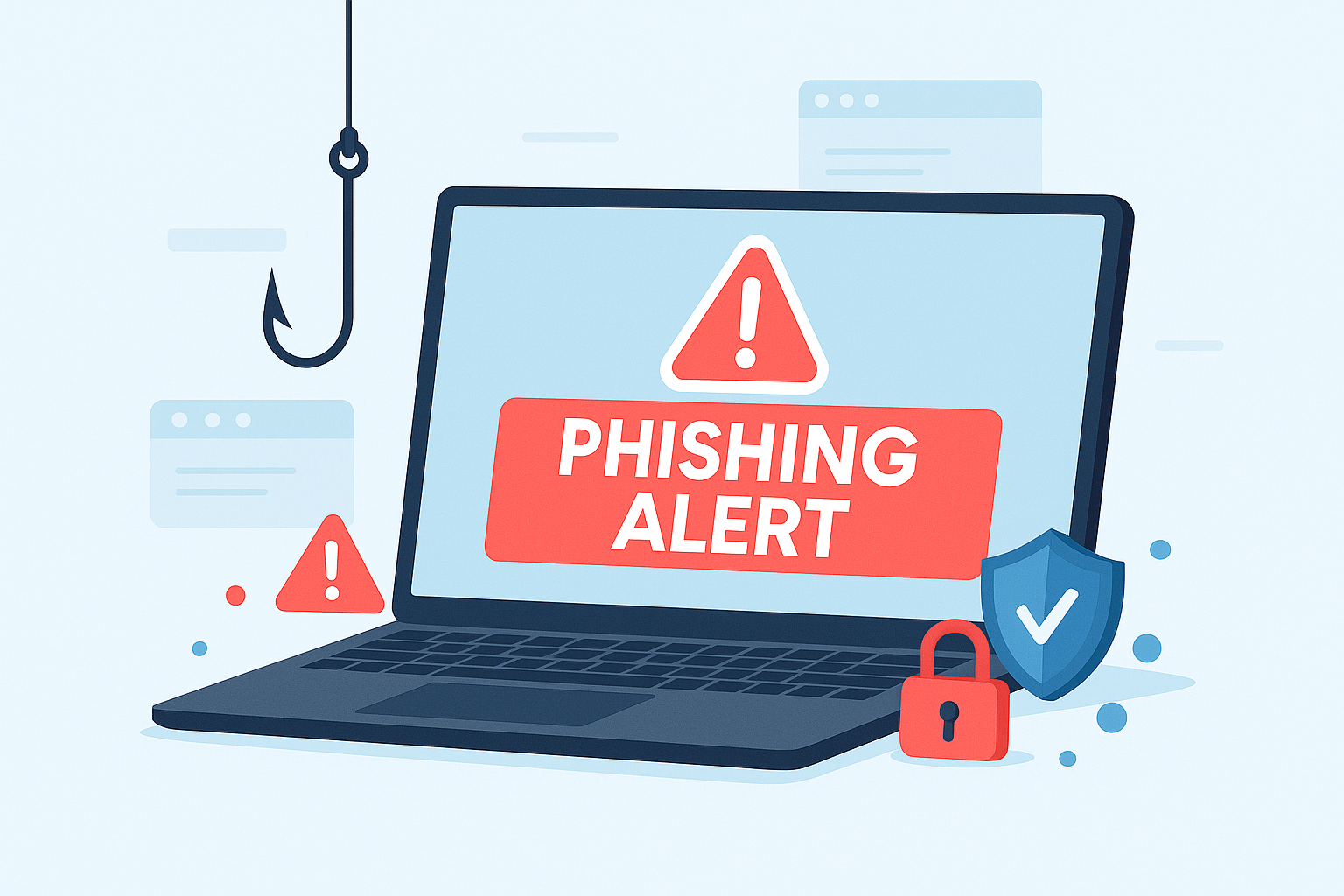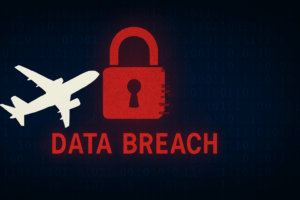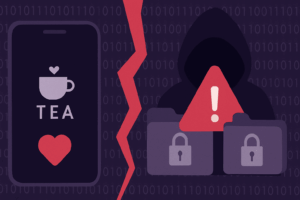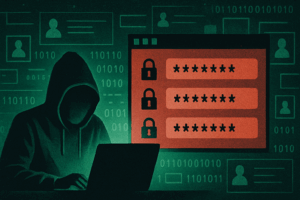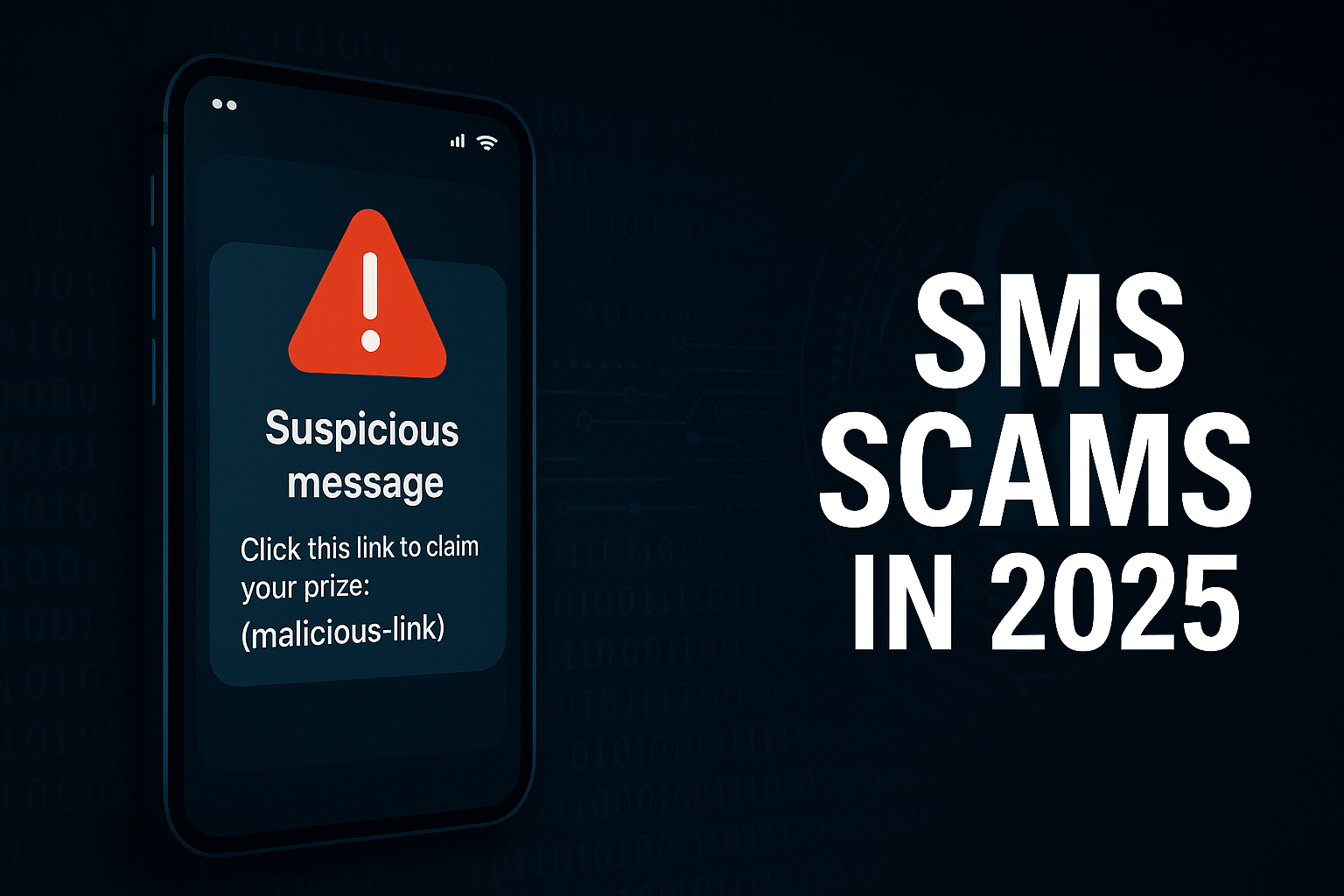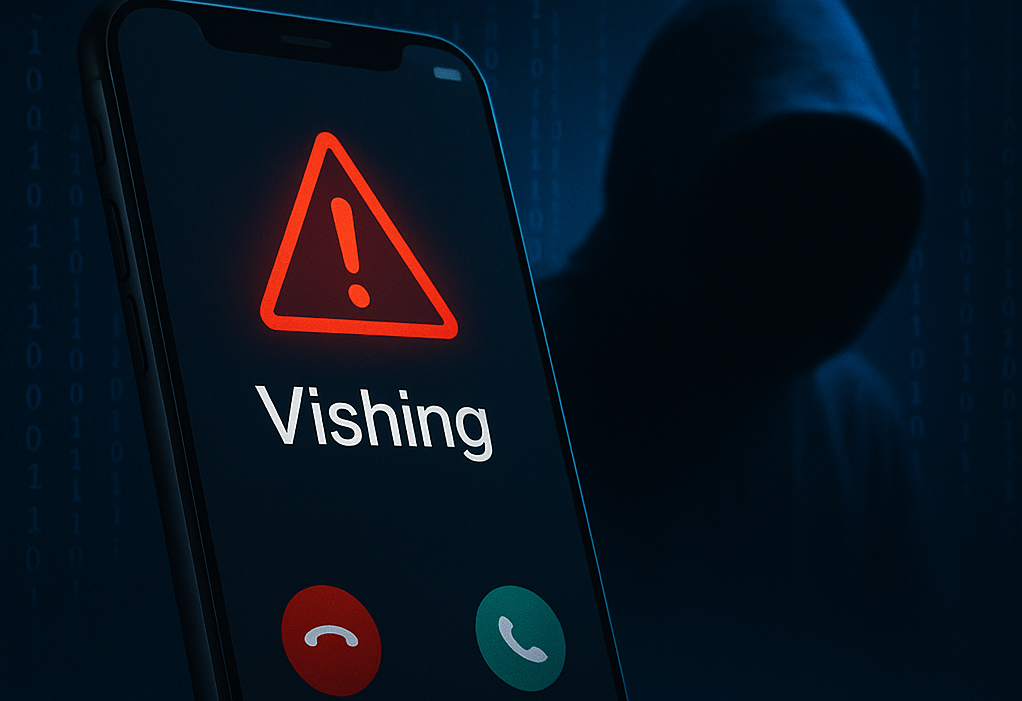Spear Phishing: Targeted Attacks with Precision
Spear phishing has evolved significantly. Attackers often gather personal or organizational details from public sources such as LinkedIn, company websites, or social networks. They then craft highly convincing emails tailored to a specific person or business. These messages often appear to come from trusted sources and include real data, making them difficult to detect. To defend against these attacks, organizations should combine technical solutions—like DMARC and SPF records—with regular staff training. Employees must learn to recognize suspicious signs, even when a message appears legitimate.
Fake Invoices and Payment Requests
Cybercriminals frequently pose as suppliers or financial partners and send fake invoices that look completely genuine. These scams usually target finance departments, where staff are often under time pressure and may approve a payment without verification. The best defense is to implement internal verification procedures. Any request involving new payment details should be confirmed by phone or another independent channel—not just via email.
Credential Phishing: Imitating Real Login Pages
One of the most prevalent phishing techniques involves redirecting victims to fake login pages that mimic well-known platforms like Microsoft 365, Google Workspace, or online banking portals. These sites are visually identical to the real ones but are designed to steal usernames and passwords. Users should avoid clicking on suspicious email links and always verify URLs carefully. Enabling two-factor authentication (2FA) adds an additional layer of security, significantly reducing the risk of unauthorized access.
Smishing: Phishing via SMS
Phishing isn’t limited to email. Smishing – phishing via SMS – is on the rise. Victims receive messages that appear to come from delivery services, banks, or government institutions, urging them to click on a link or install an app. Since users are often less cautious on mobile devices, the success rate of these attacks is higher. Protecting against smishing requires maintaining the same level of vigilance on mobile devices. Avoid clicking on unknown links in texts and never install apps from unofficial sources.
Social Media Phishing
Cybercriminals also use professional and social platforms like LinkedIn, Facebook, or Instagram to build trust before launching their attacks. Fake profiles may pose as recruiters, colleagues, or customer service reps, eventually tricking users into clicking malicious links or sharing sensitive information. Limiting publicly shared personal data and verifying the identity of new contacts can significantly reduce the risk. Any suspicious profiles or behavior should be reported to the platform immediately.
Prevention is the Best Defense
Phishing in 2025 is not just a technical challenge—it’s a psychological one. Attackers exploit trust, urgency, and human error. Awareness, education, and implementing essential cybersecurity measures—such as two-factor authentication, email protection systems, and clear internal policies—are vital steps in minimizing risk.
📚 Recommended article:
Want to strengthen your phishing protection? Check out our article on password managers and learn why secure credential storage is essential to modern cybersecurity.
